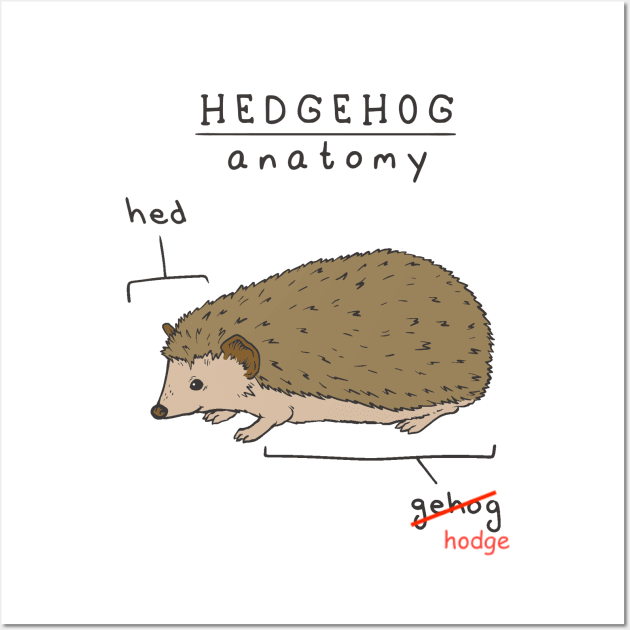FLASH v2
We're so back and this time we're gonna learn about Galois groups in enumerative geometry, following Joe Harris' original paper.
This paper revived a tradition first laid out by Jordan in the first ever treatise on Galois theory in 1870, which studies the field of definition of solutions to an enumerative problem over the field of definition of the object. (Think: if I have a cubic surface defined over $\mathbb{Q}$, what field extension of $\mathbb{Q}$ do I need to pass to in order to define the lines?) Joe proved the remarkable result that the Galois group is equal to the monodromy group of the cover coming from the incidence variety of solutions! In the immortal words of one of the great monodromy experts of our time:
"[The study of Galois groups of enumerative problems] has been vibing and thriving ever since. It's time to get in on the action."
--- Sidhanth Raman
Email me if you'd like to join! -- brazelton@math.harvard.edu
Schedule
Meeting Mondays, 2-3pm eastern talks (+ chatting afterwards if we're free)
Week 1: Galois groups and monodromy groups (3/10), Thomas Brazelton
References: Harris 0&1, Sottile-Yahl
Week 2: Plucker formulas and flexes to plane curves (3/17), Michael Zeng
References: Harris 2.1-2.3
Week 3: Bitangents to plane curves (3/24), Zhong Zhang
References: Harris 2.4-2.5
Week 4: Lines on hypersurfaces (3/31), Nathan Chen
References: Harris 3.1-3.2
Week 5: Lines on a cubic surface (4/7), Sidhanth Raman
References: Harris 3.3, Manivel maybe?
Week 6: Bitangents to plane quartics revisited (4/14), Alberto Landi
References: Harris 3.4
Week 7: Steiner's conics (4/21), Thomas Brazelton
References: Harris 4, Fulton-MacPherson
Extra topics:
Week 8: Monodromy for stacks (4/28), Alberto LandiReferences: tbd
Week 9: The Galois theory of the Circles of Apollonius (5/5), Michael Zeng
References: tbd
Potential extra topics (if we're just having so much fun):
- Computational techniques for monodromy (Pandora, homotopy continuation, certified tracking)
- Stacks v schemes - what exactly is "the" Galois group of an enumerative problem?
- Big monodromy - Hodge-theoretic techniques (see pic below) for computing monodromy groups
